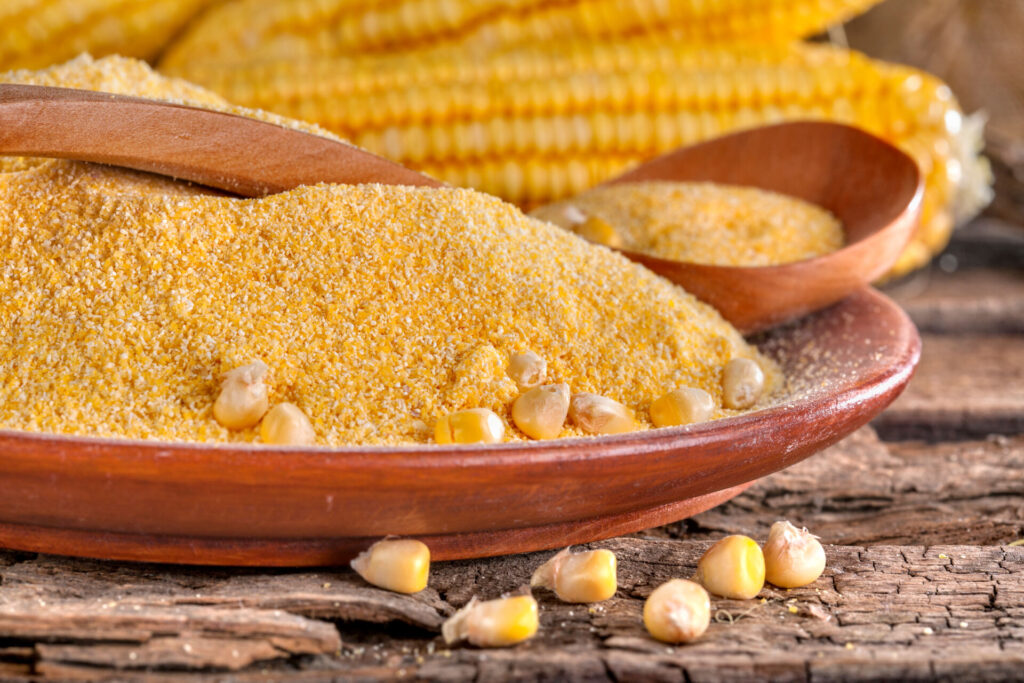Ants are a major nuisance for homeowners or property owners. Whether they stay out in the yard or make their way into your house, these small by mighty pests can wreak havoc by forming unsightly mounds across your lawn or taking over your kitchen, bathroom, or any other room in your home. If they find your pantry, you’ll likely have to toss your food items and buy more (after ant removal, of course).
Fire ants operate a little differently than your typical black garden ant since they are less likely to invade homes. Fire ants are soil-dwelling insects that do not find their way indoors often. However, the mounds they form are just as troublesome as any other anthill—accidentally step on one, and you’re sure to regret it since each fire ant can sting repeatedly and leave painful, itchy welts on at the bite sites. Plus, just because they don’t often make their way inside doesn’t mean they can’t. It is possible to walk into your bathroom one day and discover a trail of fire ants on the floor, walls, or ceiling.
Because fire ant infestations are common for people, there are many common DIY methods to try and eradicate colonies and destroy mounds. The only problem is they simply are not effective at controlling the ant problem. Here are five of the most common fire ant control methods you should either avoid using or stop using:
Baking Soda & Vinegar

Some homeowners believe that pouring a concoction of baking soda and vinegar onto an anthill will eradicate the colony. Plus, some people prefer this method because it is natural and nontoxic to the environment or other animals.
The assumption is that the baking soda and vinegar will cause an ant-killing reaction that will spread throughout the mound and eliminate that particular colony.
Why It Is Ineffective
Baking soda and vinegar may take out some or even a majority of the ants within the treated colony. However, there is no guarantee that all of the ants will be affected. Plus, baking soda and vinegar do not prevent new colonies from forming in different sections of the yard.
Boiling Water
Boiling water is another at-home remedy people may use to wipe out the colony inside an anthill in an environmentally conscious way. The assumption is that the scalding hot water will kill the ants within the colony.
Why It Is Ineffective
Boiling water has been proven to take out up to 60% of a colony when pouring 3 gallons of boiling water onto the mound. Although 60% may be eradicated, 40% still survive to rebuild or move to a different area of the yard.
In addition to the ineffectiveness of this method, transferring 3 gallons of boiling water from the kitchen to the site of the mound is heavy and dangerous, as is pouring the water. Pour too fast, and painfully hot water can splash onto your feet or legs. Boiling water is also destructive to the grass and surrounding vegetation.
Club Soda
People have used club soda for decades to remove ant colonies from their yards. The carbon dioxide in club soda is thought to have ant-killing properties that will terminate the entire colony if applied correctly.
Why It Is Ineffective
While carbon dioxide is toxic to all insects and most other organisms, the amount of carbon dioxide in a bottle of club soda is not enough to treat a single colony. Ants create underground tunnels below their mounds that can extend down 12 feet or more. For club soda to work, you would have to use many bottles per hill, and there is no guarantee that the soda will trickle all the way down to the bottom of the colony.
Uncooked Grits

The last remedy on our list for bad at-home ant control methods is uncooked grits. People will pour raw grits onto an ant colony in hopes that the ants will eat the grits. Similar to raw rice in a bird’s stomach, the assumption is that the grits will expand in the ants’ digestive systems upon consumption, killing every ant who feasted on the grains.
Why It Is Ineffective
There is no evidence that uncooked grits expand in any ant’s stomach. In fact, most worker fire ants are unable to eat solid foods—they must eat liquid foods. The only ones who can eat and digest solid foods are the larvae.
How to Effectively Treat and Control the Fire Ants in Your Yard
If you want to eradicate fire ant colonies (and any other any colony) from your yard, you need lasting fire ant control from Bizzy Bee Exterminators. Our treatment targets fire ants using science-based solutions and can ensure long-term eradication when administered routinely. Our treatment is safe for family members, pets, grazing animals, surrounding vegetation, and even groundwater.
If it’s time to regain your yard from fire ants, rely on the experts at Bizzy Bee Exterminators.
Let our team help you avoid dangerous, pesky fire ants all year long. Our fire ant control utilizes an effective treatment to eradicate fire ants, giving you peace of mind and a yard you can enjoy!
Call us to schedule fire ant control at your home today: 1-800-273-4958
Recent Articles
